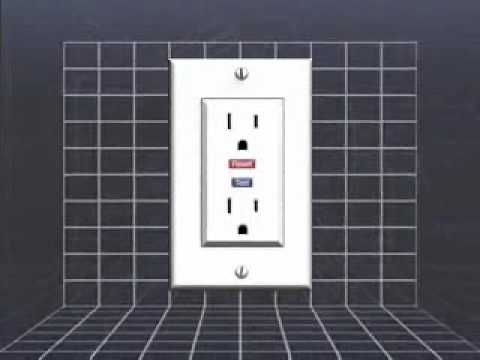GFCI Outlet: How it works and how to test.

GFCI Outlet: How it Works and How to Test
Introduction
Ground Fault Circuit Interrupters (GFCIs) have played a crucial role in saving thousands of lives over the last three decades. These special types of outlets are primarily found in areas where electrical products might come into contact with water, such as bathrooms, kitchens, and outdoor spaces.
What is a GFCI?
A GFCI is a unique type of outlet designed to cut off power before a deadly electrical shock can occur. When you plug in an appliance, like a hairdryer, electricity flows from the outlet to the device. The GFCI constantly monitors the amount of electricity, and if there’s any leakage or interruption of the current (such as when the hairdryer comes in contact with water), the GFCI immediately cuts off power to the device in as quickly as one thirtieth of a second.
Importance of GFCI Testing
To ensure the GFCI is working properly, it is essential to test it once a month. Testing the GFCI is a simple process and can be done by following a few easy steps.
GFCI Testing Steps
1. Push the reset button on the GFCI to prepare for testing.
2. Plug a nightlight or a similar electrical device into the receptacle. The light should turn on, indicating that the GFCI is functioning correctly.
3. Push the test button on the GFCI. The nightlight should go off, simulating a fault.
4. Complete the test by pushing the reset button again. The nightlight should turn on, confirming that the GFCI reset after detecting the fault.
Problematic GFCIs
If the nightlight does not turn off when the test button is pushed, it indicates that the GFCI may be improperly installed or damaged and does not offer adequate shock protection. In such cases, it is crucial to contact a licensed electrician to check the GFCI and rectify the problem.
Conclusion
GFCI outlets are an integral part of electrical safety, particularly in areas where water and electricity may come into contact. Regular testing of GFCIs ensures their proper functioning and enhances the protection they provide against electrical shocks. By following the simple testing steps mentioned above, you can ensure the safety of yourself and those around you.
source
